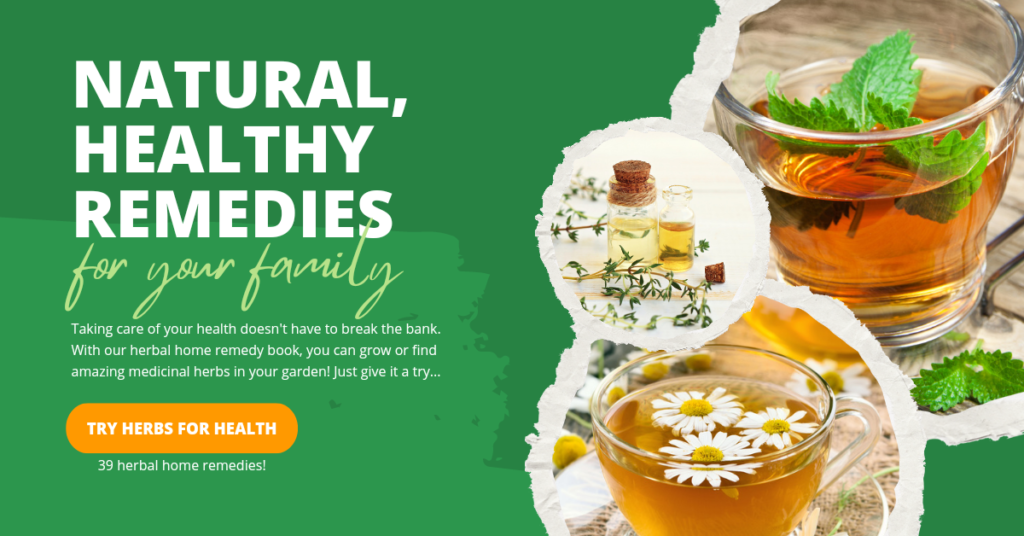This site contains affiliate links to products sold by selected self improvement partners. We may receive a commission for purchases made through these links.
I remind you that the information provided in this series is for information purposes only and is not to be used or relied on for any diagnostic or treatment purposes. This information is not intended to be patient education, neither is it to be construed as such. It does not create any patient-physician relationship and should not be used as a substitute for professional diagnosis and treatment where required. Consult a doctor for medical advice, treatment or diagnosis.
Also, while every attempt is made to ensure accuracy, you are strongly advised to take responsibility and do your own research.
In the previous article, we looked at the herb Asafoetida and why it is called the food of the gods.
In this article, we are going to look at
Tolu Balsam [Myroxylon balsamum (L.) Harms)]
Balsam of Tolu (or tolu balsam) is an herb that comes from a very tall tree that can be found in Columbia, Peru, Venezuela, Argentina, Brazil, Paraguay, and Bolivia. This herbal plant has also been called Balsam of Peru because it was originally exported primarily from Peru, however, that is no longer the case it seems.
The resin of this tree is what is most valuable and is retrieved in the same fashion that one collects the valuable properties from a rubber tree by tapping into it. The gummy resin that comes from the tree is then turned into balsam. Today, the main exporters of Tolu Balsam are El Salvador, Columbia, and Venezuela.
Historical usage
In earlier times it was tribes from Mexico and Central America that used the leaves of Tolu Balsam to treat such common ailments as
- external wounds,
- asthma,
- colds,
- flu, and
- arthritis.
Some native Indians used the bark in a powered form as an underarm deodorant while others found it best for lung and cold ailments.
Tribes living in the rainforests of South America used Tolu Balsam quite frequently for many medicinal ailments such as
- abscesses,
- asthma,
- bronchitis,
- catarrh,
- headaches,
- rheumatism,
- sores,
- sprains,
- tuberculosis,
- venereal diseases, and
- wounds.
In the early 1800’s in the United States, it was mainly implemented in treatments as cough suppressants, cough lozenges and syrups for sore throats, and as a vapor inhalant for respiratory distress.
Pharmaceutical applications of Tolu Balsam
As this herbal plant grew in popularity, it was the Germans who implemented it for pharmaceutical purposes. They found that Tolu Balsam worked very well for antibacterial, antifungal, and antiparasitic purposes so they immediately started using it for such things as scabies, ringworm, lice, minor ulcerations, wounds, bedsores, and diaper rash. Today, it is used very often in topical salves for the treatment of wounds, ulcers, and scabies.
Additional modern usages of Tolu Balsam
Today, it can be found in hair tonics, antidandruff shampoos, feminine hygiene sprays and as a natural fragrance in soaps, detergents, creams, lotions, and perfumes.
Tolu Balsam has a vanilla like smell and taste, and it is used mostly for flavoring cough syrups, soft drinks, confectionaries, and chewing gums. Tolu Balsam is widely available now in the U.S. The essential oil distilled from the gum is used in aromatherapy. Also available as incense, the fragrance is considered to be healing and comforting.
Tolu Balsam is useful for meditation and relaxation, another reason why it has become so popular. It has a very unique aroma which makes it excellent for exotic floral fragrances.
Both the essential oil and the incense are available for purchase online.
Generally, its topical use has been recommended for skin rashes, eczema, and skin parasites such as scabies, ringworm, and head lice.
IMPORTANT NOTE: Tolu Balsam is considered sensitizing oil which means that it is quite likely to cause an allergic reaction to the skin (contact dermatitis) or be a skin irritant than other herbal oils might be in people who are sensitive or commonly have allergies to plants and herbs.
If this is you, then consider using it for aromatherapy as this might be a better option. Just take care not to get it onto your skin!
In the next article, we are going to have a look at the very popular Basil plant.
To a better, wiser, stronger YOU.

Note: I am an affiliate for the above offer and may get a commission on each sale.
Sources:
Tolu Balsam. Located at Wikipedia (online), https://en.wikipedia.org/wiki/Tolu_balsam. [Accessed April 28, 2023].
This site contains affiliate links to products sold by selected self improvement partners. We may receive a commission for purchases made through these links.
